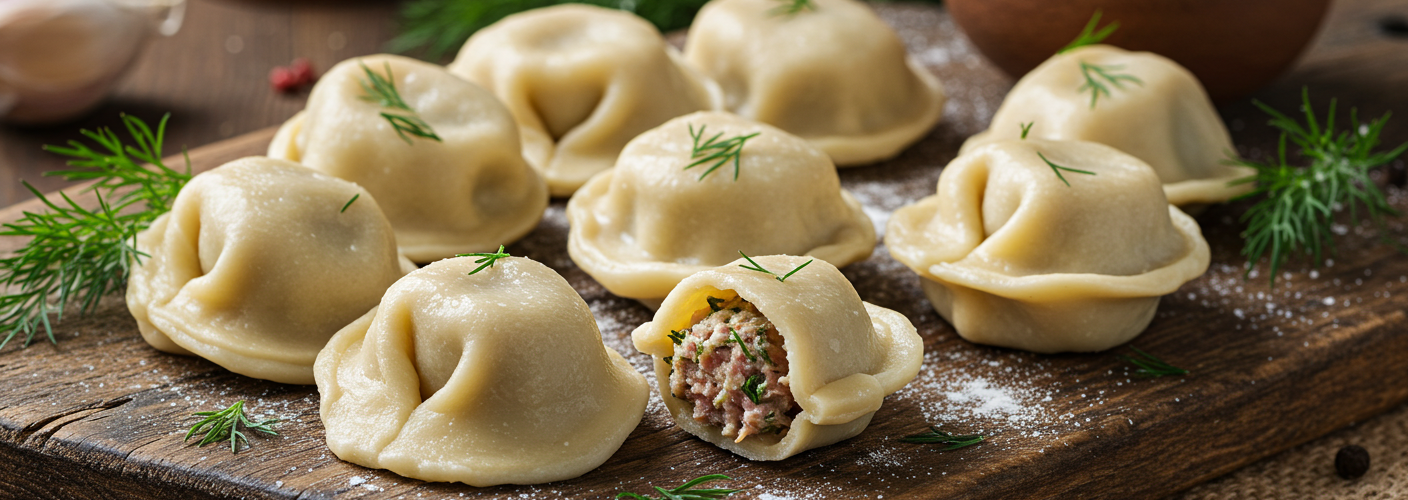If you’re on a culinary expedition to explore the diverse flavors of Eastern European cuisine, then you cannot overlook the delightful charm of pelmeni. These comforting little parcels, made of thin dough and filled with a variety of delicious ingredients, have captured the hearts—and stomachs—of many around the world.
Originating from Russia, pelmeni are often referred to as filled dumplings. They can take many forms, but the essence remains the same: a tender, thin dough encasing a savory filling that is typically boiled or steamed. The name “pelmeni” is derived from a language of the Ural Mountains, meaning “ear bread,” which perfectly describes their delicate shape.
The Dough: The Foundation of Flavor
The dough used for pelmeni is uncomplicated yet foundational for the final dish. It traditionally consists of flour, water, and eggs, creating a supple texture that holds up well during cooking. The key to great pelmeni is finding the right balance so that the dough remains thin enough to encapsulate the filling while being strong enough not to break during cooking. When done right, the dough provides a perfect contrast to the rich, flavorful filling inside.
A Symphony of Fillings
The true beauty of pelmeni lies in their versatility. While traditional Russian pelmeni are commonly filled with ground meat—usually a mixture of pork, beef, or lamb—modern interpretations often embrace a wide array of ingredients. Vegetarian options might include mushrooms, potatoes, or spinach, providing a delightful twist that appeals to a broader audience. For a gourmet touch, chefs may experiment with fillings like cheese and herbs, seafood, or even fruit for a sweet variety.
Preparation and Cooking Method
Making pelmeni can be a rewarding experience, often enjoyed as a sociable activity where friends and family gather to fill and fold the dumplings together. The process begins with rolling out the dough, cutting it into circles, and carefully placing the filling inside. The edges are then meticulously sealed to create the little pockets of joy.
Once prepared, pelmeni can be boiled until they float to the surface, indicating they’re ready to be served. They can also be pan-fried for a crispy exterior, adding a delightful texture that complements the tenderness of the dough.
Serving Suggestions
Pelmeni are often served as a main dish, accompanied by a variety of toppings that enhance their flavor. A traditional presentation includes a dollop of sour cream, a sprinkle of fresh herbs, or a drizzle of melted butter. Some even enjoy their pelmeni with a touch of vinegar or a spicy sauce for an extra kick.
To elevate your dining experience, consider pairing pelmeni with a crisp salad or a hearty broth. This can create a balanced meal that showcases the dumplings’ rich character while providing a refreshing contrast.
Conclusion
In essence, pelmeni are not just a meal; they are a celebration of tradition, family, and shared moments around the table. Whether you’re preparing them from scratch or enjoying them at a favorite local eatery, pelmeni offer a warm embrace of flavors that can satisfy your cravings for something comforting and delicious. So next time you seek culinary adventure, consider diving into the delightful world of pelmeni—you won’t be disappointed!




Add comment